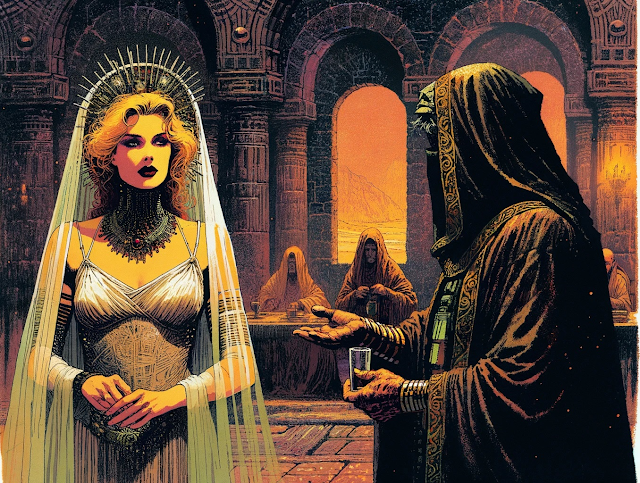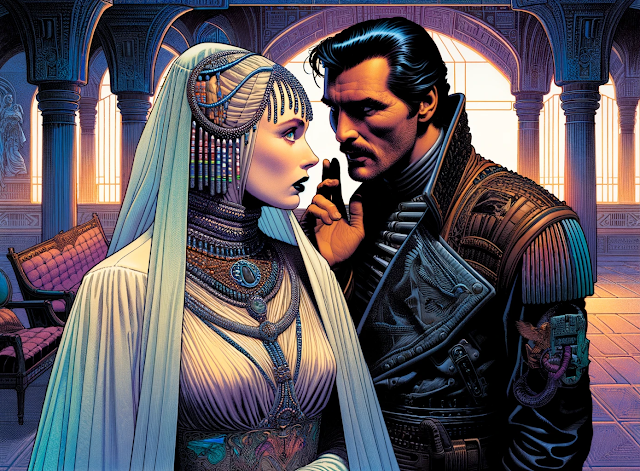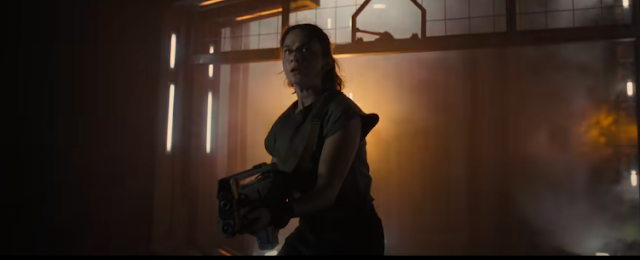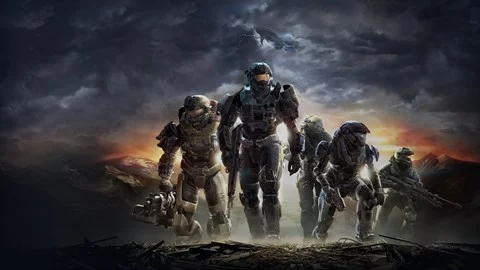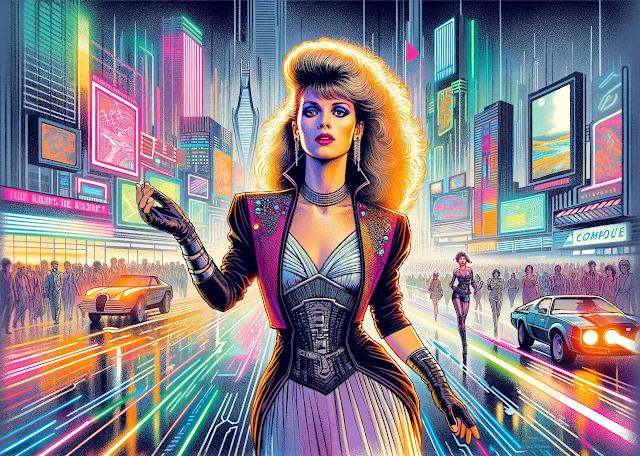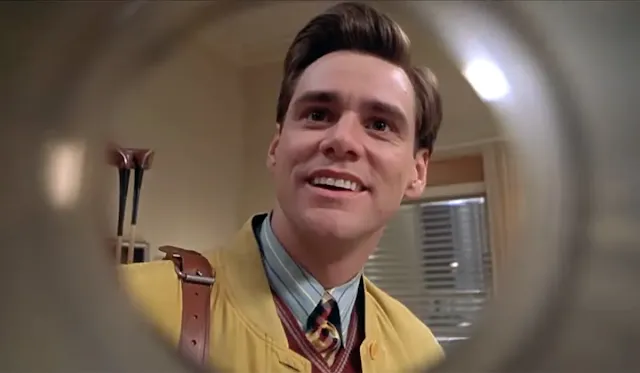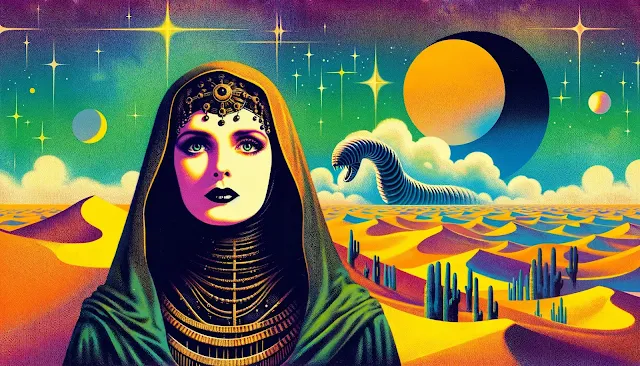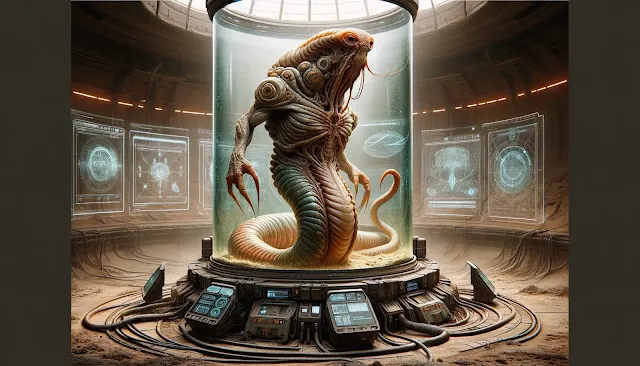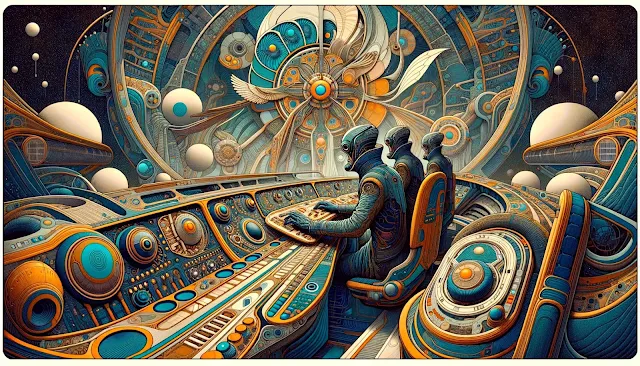In the sprawling expanse of Frank Herbert's "Dune" universe, few characters capture the imagination and complexity of the series quite like Lady Jessica. A character of profound depth, Lady Jessica serves as the linchpin in a narrative that intricately weaves the political, the personal, and the mystical.
From her initial portrayal as the concubine of Duke Leto Atreides to her eventual rise as a Reverend Mother of the Fremen, Lady Jessica's journey is one of profound adaptability, strength, and, ultimately, legacy. By tracing her character arc across the novels in which she appears, we can appreciate not just the depth of Herbert's character creation but also how Lady Jessica's evolution mirrors broader narratives of change and adaptability within the "Dune" universe.
However, it's her inner turmoil and the moral ambiguities she faces that define her initial portrayal. This complex foundation is crucial for understanding her character arc, as it highlights the conflict between her duties to the Bene Gesserit and her personal desires.
Role as Duke Leto's Consort
As the concubine of Duke Leto Atreides, Lady Jessica is thrust into the heart of the political intrigue that defines the universe of "Dune." Despite not being his legal wife, her relationship with Leto is one of deep love and mutual respect, a rarity in the strategic marriages of their society. This relationship introduces readers to Lady Jessica’s capacity for deep emotional connections, setting her apart from the often cold and calculating Bene Gesserit archetype.
Her role as Leto's consort and advisor in the politically charged environment of Arrakis, the desert planet at the center of the series’ conflict, showcases her diplomatic acuity and strategic mind.
MotherhoodOne of the most defining aspects of Lady Jessica’s character is her decision to bear a son, Paul Atreides, defying the
Bene Gesserit's command to produce a daughter. This decision is not merely a personal one; it is a pivotal moment that alters the course of the "Dune" saga. It reflects her strength and independence, showcasing her willingness to prioritize her love for Leto and her visions for her family’s future over the mandates of the Bene Gesserit.
This act of defiance is emblematic of her complexity as a character—torn between her allegiance to the sisterhood that raised and trained her and the immediate love and duty she feels towards her family.

Lady Jessica's Evolution Through the Dune Novels
Adaptation and Survival
Lady Jessica's journey through the "Dune" series is marked by her incredible ability to adapt to rapidly changing circumstances, showcasing her resilience and strategic acumen. Following the tragic fall of
House Atreides and the assassination of Duke Leto, Lady Jessica's initial role as a consort and advisor transforms significantly.
On the run with her son Paul in the unforgiving deserts of Arrakis, she demonstrates an unparalleled capacity to navigate the perilous landscape and the
complex social dynamics of the Fremen, the planet's indigenous population.
Her adaptability is not just a survival tactic; it becomes a transformative force, reshaping her from a figure of nobility to a key player in the Fremen resistance. This period of exile and struggle is crucial, as it underscores her evolution from a protective mother to a leader in her own right.
Deepening Bene Gesserit Loyalties vs. Family Ties
The tension between Lady Jessica's loyalty to the Bene Gesserit and her devotion to her family becomes a central theme of her character arc. Despite her deep-seated training and the sisterhood's long-reaching influence, her decisions are increasingly guided by her love for Paul and later, her daughter
Alia.
This conflict reaches a zenith when Paul, embracing his destiny as the Kwisatz Haderach, challenges the very foundations of the universe's political and religious order. Lady Jessica's dual identities as a Bene Gesserit and Paul's mother are in constant conflict, yet her journey illustrates a profound commentary on the power of maternal love and the lengths to which she will go to protect her children, even at the expense of her allegiance to the sisterhood.
Transformation into a Reverend Mother
One of the most pivotal moments in Lady Jessica's evolution is her decision to undergo the spice agony to become a
Reverend Mother of the Fremen. This act of ingesting a lethal dose of the spice melange and surviving signifies not only a physical and spiritual transformation but also marks her as a figure of immense wisdom and power among the Fremen.
This transition is emblematic of her willingness to embrace the unknown for the sake of her new people and her family, further distancing herself from the conventional paths laid out by the Bene Gesserit. Her new status as a Reverend Mother amplifies her influence, allowing her to act as a bridge between the Fremen and the broader political intrigue of the "Dune" universe.
Maternal Influence and Legacy
Throughout the novels, Lady Jessica's role as a mother profoundly influences the direction of the narrative and the development of key characters, particularly Paul and Alia. Her teachings and guidance prepare Paul for his future as a leader and the Kwisatz Haderach, imbuing him with a sense of morality and duty that guides his actions.
However, her relationship with Alia is more complex, marked by Alia's struggle with the powers and voices of the past, a struggle that Lady Jessica feels responsible for. Her departure from
Arrakisand her eventual return underscore her enduring impact on her children and the broader narrative, highlighting the themes of legacy and the enduring influence of maternal figures.
However, as the series progresses, Lady Jessica's true power emerges from her capacity for love, adaptation, and moral resilience. This evolution challenges the traditional perceptions of power in the
"Dune" universe, highlighting the strength in compassion and the influence of personal ethics over rigid institutional loyalty.
The theme of identity is equally critical to understanding Lady Jessica's character. Her identity is fluid, shaped by her roles as a Bene Gesserit, consort, mother, and leader among the Fremen. Each role demands a part of her, yet she defies being defined by any single one.
Her journey is a testament to the complexity of self-definition in the face of external pressures and expectations. Through Lady Jessica, Herbert explores the idea that true identity is not a static condition but a dynamic process of growth, choice, and change.
Femininity and Maternal Instincts
Lady Jessica's character arc is also a vehicle for examining themes of femininity and maternal instincts within the context of the "Dune" universe. Her defiance of the Bene Gesserit’s orders and the subsequent birth of Paul is a pivotal act that underlines the power of maternal choice.
This choice, rooted in love and a vision for a different future, sets the stage for the entire series.
Her femininity is portrayed not as a weakness but as a source of strength and insight, challenging the often male-dominated narratives of science fiction.
Adaptability and Evolution
The theme of adaptability and evolution is central to Lady Jessica's character arc and the "Dune" series as a whole. Her ability to adapt to changing circumstances—from the political intrigue of the Imperium to the harsh desert life of Arrakis—demonstrates a remarkable resilience and flexibility. This adaptability is not just a survival mechanism but a form of evolution, as she continually learns and grows from her experiences.
Through Lady Jessica, Herbert suggests that adaptability is a key to survival and success, reflecting the broader evolutionary themes of the series.
Her evolution, from a member of the Bene Gesserit to a figure of significant influence and power in her own right, mirrors the ecological and social evolution themes within "Dune." Just as Arrakis itself undergoes a transformation through the series, so too does Lady Jessica, embodying the series' exploration of change, growth, and the potential for transformation inherent in all beings.

In the intricate tapestry of Frank Herbert's "Dune," Lady Jessica emerges as a profound embodiment of the series' exploration of power, identity, and the dynamics of maternal influence, interwoven with themes of adaptability and human evolution.
Her journey from a Bene Gesserit disciple to a revered figure in the Fremen society, and her impactful decisions that shaped the destinies of her offspring and the socio-political landscape of the universe, illuminate her as a character of deep complexity and significance.
Through Lady Jessica's narrative arc, Herbert masterfully delves into the nuances of personal agency against the backdrop of predetermined destinies, showcasing her as a fulcrum of thematic exploration.
Her story not only advances the plot but also enriches the series' philosophical underpinnings, challenging conventional notions of power and identity, and highlighting the strength inherent in adaptability and the human capacity for change.


